
The blasts marked the first major attacks by Osama bin Laden's network in its war against the United States, which culminated three years later in the September 11, 2001 plane atrocities on New York and Washington DC.
Osama’s mother opens up about ex-al Qaeda chief in first-ever interview
On the 20th anniversary of the East Africa attacks, here is a look back at what happened.
At around 10:30 am on August 7, a Friday, a huge car bomb explodes outside the US embassy in central Nairobi, shattering large parts of the building and the adjacent 25-storey Cooperative House Bank, which spew glass and concrete. Blood-soaked people flee in panic.
The bomb "blew out virtually every window in buildings within a 300-metre (yard) radius, raining razor-like shards on helpless pedestrians," AFP reports.
Five minutes later, a booby-trapped tanker truck explodes outside the US embassy in Dar es-Salaam.
"The place looks like a war zone area. The houses have been blown to pieces, the roofs are shattered," AFP quotes a witness telling CNN.
Suspected Russian spy found working in US embassy in Moscow: reports
US Marines rush to both scenes.
The Nairobi attack is the most devastating. In the chaos and confusion, the numbers of dead and wounded are difficult to immediately ascertain.
Many victims are only found in the following days, rescue workers tunnelling through the rubble with cranes and bulldozers.
The death toll in Nairobi is eventually established at 213 with around 5,000 wounded. Most are Africans, passers-by or workers in nearby buildings. Forty-four people including 12 Americans are killed in the embassy itself.
In Tanzania 11 are killed and 70 wounded, all passers-by.
The US president, Bill Clinton, is awakened just before dawn by his national security advisor with the news. At a White House event later he says the attacks are "abhorrent, they're inhuman".
"We will use all the means at our disposal to bring those responsible to justice, no matter what or how long it takes," he says.
US embassies around the world are put on the highest alert. The US State Department warns against travel to Kenya and Tanzania and issues a general travel advisory to Americans abroad.
The Federal Bureau of Investigation (FBI) dispatches investigators and explosives experts.
"This appears to have been a very well-coordinated, very well-planned attack - clearly not the work of amateurs," National Security Council spokesperson P J Crowley says on August 8.
On the same day an unknown Islamic group called the Islamic Army for the Liberation of (Moslem) Holy Sites claims responsibility.
However on August 20 Clinton accuses Bin Laden, citing "convincing information from our intelligence community".
Three days later Britain says it has proof of Bin Laden's involvement.
The attacks are at the time the most deadly by Al-Qaeda, which had hit the World Trade Center in New York in 1993, killing six, and Saudi Arabia twice, in 1995 and 1996, leaving around 26 dead, including US nationals, in total.
US citizen held in Vietnam for attempt to 'overthrow state'
Hours after Clinton points the finger at Al-Qaeda, US cruise missiles simultaneously hit alleged terrorist targets in Afghanistan, where Bin Laden is living, and in Sudan.
In Afghanistan the target is training camps; in Sudan it is a pharmaceutical plant believed to produce an ingredient in lethal nerve gas.
Opponents claim 50 people are killed in Afghanistan but there is no confirmation.
Britain backs the US action but Muslim leaders are angry, the Arab League says the "Rambo-style" attacks are a threat to Middle East stability.
Thousands demonstrate, including Afghanistan, Pakistan and Sudan.
The United States eventually indicts more than 20 people for the bombings.
Four militants affiliated with Al Qaeda arrested
They include Bin Laden, charged in absentia. He is killed by US troops in Pakistan in 2011, after allegedly masterminding the 9/11 attacks on the United States.
The US sentences in 2001 four Al-Qaeda members to life without parole for the embassy attacks, with four others subsequently also jailed.




1726222798-0/Tribune-Pic-(13)1726222798-0-165x106.webp)

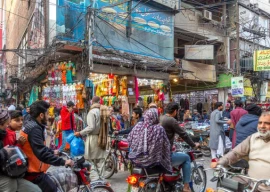


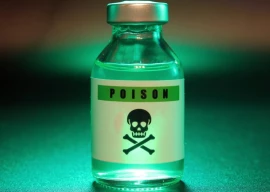
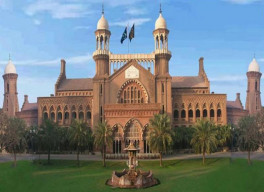


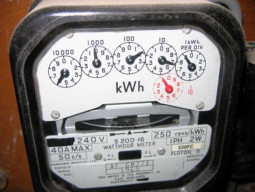


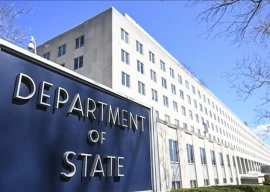






COMMENTS
Comments are moderated and generally will be posted if they are on-topic and not abusive.
For more information, please see our Comments FAQ